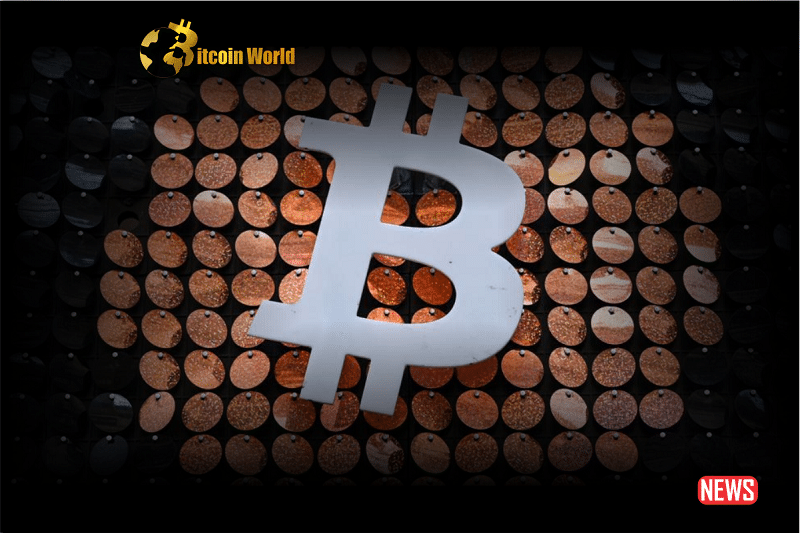
The United States financial landscape is witnessing a seismic shift as the yield on 10-year Treasuries soars to 1.84%, an unparalleled peak not seen in over a decade. This development, transpiring on August 14, is now casting its economic reverberations across various asset classes, with the potential to reshape the trajectory of the US dollar and, consequentially, the realm of cryptocurrencies.
Diving into the intricacies, the “real yield,” a metric calibrated to account for inflation, scaled a remarkable six basis points on August 14, catapulting to levels not seen in the last 14 years. This surge could serve as a precursor for the resurgence of the US dollar, a prospect that carries significant implications for the broader financial ecosystem.
Notably, this surge in the actual yield carries the prospect of amplifying pressure on Bitcoin prices, providing a unique backdrop for the crypto giant’s future trajectory. The underlying premise behind this narrative stems from the anticipation that more individuals are anticipating a prolonged period of elevated accurate interest rates, outpacing the course of inflation in the years ahead.
The implications for the world’s financial titans, especially institutions entrusted with managing portfolios of colossal magnitudes, are profound. The allure of potentially superior returns could trigger a mounting shift towards the US dollar as a preferred avenue for investment. This sentiment is further bolstered by Commodity Futures Trading Commission (CFTC) data, which signals that USD shorts are currently at an eight-month nadir, indicating a growing bullish stance among institutions towards the currency.
However, the burgeoning demand for the greenback could unleash a cascade of effects that resonate deeply within the cryptocurrency domain, mainly targeting Bitcoin. This development assumes greater significance as the cryptocurrency landscape braces itself amidst a tight range, accentuating the fragility of its current state.
Examining the specific dynamics of Bitcoin, the recent months saw a notable expansion in July 2023, propelling the coin to touch new highs for the year, hovering around $31,800. Presently, the crypto heavyweight is trapped below the psychological threshold of $30,000, with bullish attempts to ignite demand and engineer an upward trajectory repeatedly faltering.
A pivotal juncture that influenced this unfolding narrative was the decision by the Federal Reserve, the fulcrum of the United States’ monetary policy, to heighten interest rates. With a deliberate move, the Fed elevated rates to a range between 5.50% and 5.75%, as it aimed to quell inflation that had exceeded the benchmark 2% mark.
The overarching fear in the current landscape lies in the potential continuation of this trajectory, as increasing real yields could precipitate the central bank adopting more assertive measures to combat spiralling inflation. An apparent recourse would involve interest rate hikes, which could puncture Bitcoin’s liquidity and sentiment, triggering downward pressure on prices.
Drawing from historical patterns, the nexus between higher interest rates and subdued enthusiasm for riskier investments, including Bitcoin, becomes discernible. A stark illustration of this correlation can be traced back to the aftermath of ten successive rate hikes spanning from 2022 to the first half of 2023, which witnessed BTC prices plunging by over 50%.
The market faces the impending test of whether history will rhyme or diverge. The potential bearish undertow in the coming months hinges on the interplay between the surging demand for the US dollar and the strategic accumulation by institutions that pivot towards the world’s reserve currency. This makes it an intriguing saga to monitor as the interplay unfolds in the quarters ahead.
The post US Real Yield Is At A 14-Year High, What’s Next For Bitcoin? appeared first on BitcoinWorld.















